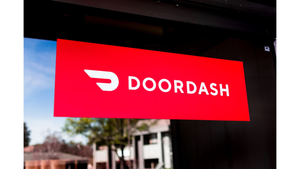NPD Group: 85% of Consumers Say the Price Needs to Be Right Before They Shop
January 1, 2018
Price trumps sales and special deals, customer service, and convenience as a factor in deciding where to shop for the majority of U.S. consumers, according to The NPD Group, a leading market research company. NPD’s The Economy Tracker, a monthly monitor of consumer sentiment about the economy and spending, finds that in the most recent survey (March 12) 85 percent of U.S. consumers say that price will be an extremely important/important factor in deciding where to shop in the near future, ten percent more than those who feel sales and special deals are extremely important/important. By income, 87 percent of those in the household income bracket of $25 to 50,000 selecting price as extremely important/important, 85 percent in the $50,000 to $100,000 income bracket, and 82 percent in the $100,000 plus bracket, according the The Economy Tracker. Seventy-nine percent of young adults, ages 18 to 34, 86 percent of 35 to 44 year-olds, 88 percent of 45 to 54 year-olds, 89 percent of 55 to 64 year-olds and 86 percent of ages 65 and older said that price was extremely important/important. “Shoppers are now savvier when spending money. They have new ways of gauging the marketplace – they can compare prices on the Web while at home or while standing in a brick-and-mortar store with their smartphones,” says John Deputato, senior vice president, advanced analytics at NPD. “We certainly have moved to a time of calculated consumption for shoppers… and price has come to the forefront of the purchase decision.” Deputato points out that the sophistication of consumers when it comes to price, changes to shopping habits, and the soft U.S. economy has made the decision to set retail prices not only more difficult but more strategically critical for both retailers and manufacturers. “Manufacturers and retailers recognize that setting the right pricing strategy is a competitive advantage in the marketplace, but pricing is more difficult today than it was prior to the recession,” says Deputato. “We’ve been working with the top retailers and manufacturers conducting price elasticity research to understand the wide range of potential impact on profits depending on the possible pricing decisions. Prices can’t arbitrarily be set, it takes information and a thorough thought process to come up with the right price.”
About the Author
You May Also Like




